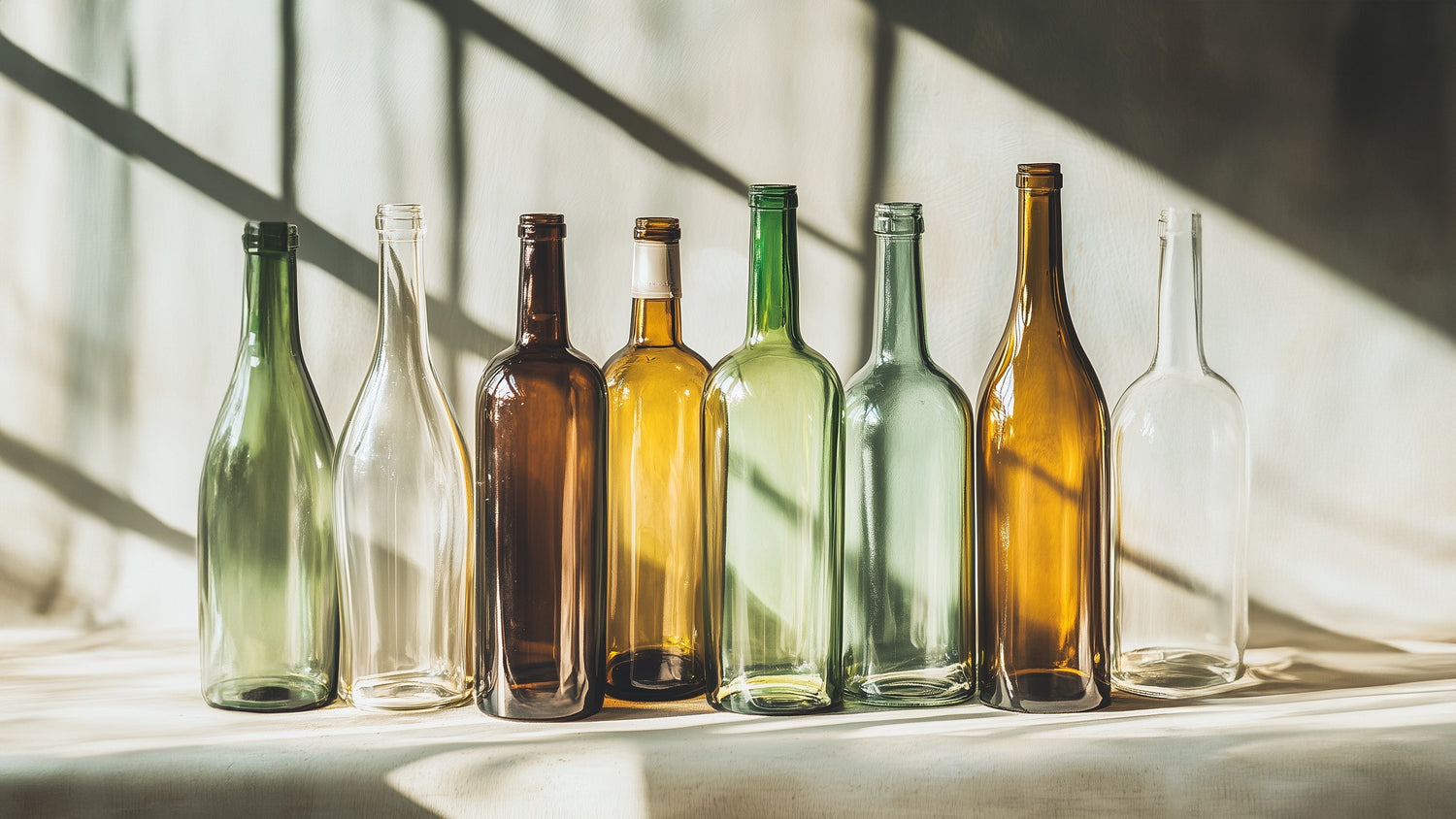Question: What can be achieved with 1 kg of glass waste?
Answer: 1 Kg of new recycled glass.
Absolutely true. Unlike other materials, glass can be recycled endlessly, as the waste material that is produced by its processing is practically equal to 0.
This feature makes glass a noble, clean waste, the treatment of which helps to save 1 ton of CO2 per 6 tons of recovered material.
In this article we will find out more about how glass recycling works and how we can use it properly to help the environment.
The steps of glass recycling
Second at European level only to Germany, Italy recycles every year 1.5 million tons of glass, with significant advantages both from an economic and environmental point of view.
Since the 1990s, more than 189 million tonnes of raw material have been saved, as well as 138 million tonnes of waste that has not ended up in landfill.
Moreover, the production of recycled material produced in Km0 has reduced the costs of the material produced and then transported. Saving about a third of the energy it would take to produce it.
A virtuous circle where everyone wins, but in order to function it needs to be supported by optimal management, from collection to transport in recycling centers.
Once arrived here the glass waste is ready to be processed, through several stages, to be reused in new form.

Glass recycling: the separation phase
The separation phase of the glass is fundamental for its recovery, it begins before the waste arrives at the recycling center, in the homes of the citizens.
Separate collection is the first and fundamental step that makes all forms of recycling possible.
In Italy we are at a good point with this phase, although it would be implementable if we began to divide the glasses by colors and types.
This phase at the moment is carried out within the centers... but let’s go to order:
Once in the center the glass is poured on vibrating conveyor belts that sift the fragments and separate them from foreign bodies such as plastic or ceramic. These will also be removed manually.
It is at this point that the remaining glass is divided by color: transparent, green and brown.
The motivation is chemical: the different pigmentations are caused by different chemical elements present in the glass itself, which need different processes to be melted properly.
Obviously the color of the starting glass will be the same even once it is recycled.
![]()
Glass recycling: the grinding phase
The grinding phase is used to make the glass become a kind of sand of micro fragmented pieces.
Already when the glass waste is thrown into the bins, the first phase of fragmentation begins, when the bottles are broken. The pieces that arrive at the disposal centre are further fragmented.
The shredding phase continues until there are dust-like glass grains left.
This form has two main advantages:
It facilitates the melting phase, as smaller parts need less time to melt, allowing for energy savings.
It can also be used to produce glass wool, an environmentally friendly insulator widely used in construction
Glass recycling: the melting phase
The powder obtained is brought to very high temperatures (between 1300 and 1500 degrees), where it melts and is poured into moulds, where it will be made to rest.
Once this process is finished, the bottles will be ready to be placed on the market again.
According to the National Packaging Consortium (CONAI), 75% of bottles in circulation are made of recycled glass.

Recycling glass in the correct way
At the moment, unfortunately, it is not possible to recycle all the glass: essentially it is limited to bottles, jars and little else.
Recyclable glass can be distinguished by three symbols printed on the surface:
GL 70: Clear glass (preserved)
GL 71: Green glass (wine bottles)
GL 72: Brown glass (beer bottles)
Other crystals, such as glasses, windows or champagne glasses, are not recoverable. Inside there are chemical elements that make recycling complicated, such as lead in the case of crystal glasses.
Unlike what you think you don’t need to thoroughly clean each bottle or glass jar before you throw it away. A coarse cleaning will suffice, because once they arrive at the recycling center they will be industrially washed again before being treated.
Advantages of recycling the glass
Recycling glass has, as you will have understood by now, huge advantages.
In a 2018 report, Assovetro estimated that, in 2014 alone, recycling has saved about 3 million tons of that material to produce it from 0, that is: carbonate sand and soda.
In the same report it is also exposed as maintaining the current trends you can get to have 85% of the glass waste in circulation recycled by 2030.
These figures, together with the economic and environmental benefits mentioned above, represent the great importance and opportunity of glass recycling.
However, no solution has yet been found to the energy expenditure needed for recovery, a problem that unfortunately affects all recycling methods.




![Vassoio con Collo di Vetro Riciclato [Lav. Lucida]](http://amarzo.com/cdn/shop/products/vassoio-con-collo-125288.jpg?v=1699712421&width=1100)




